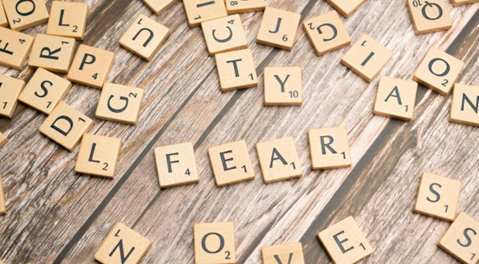If you have ever experienced a sudden surge of intense fear and discomfort that makes you feel like you are going to die, lose control, or go crazy, you may have had a panic attack. Panic attacks are episodes of extreme anxiety that usually peak within minutes and involve physical and emotional symptoms such as:
– Fast or pounding heart rate
– Excessive sweating
– Shaking or trembling
– Shortness of breath or breathlessness
– Feeling of choking
– Chest pain or discomfort
– Nausea or stomach pain
– Dizziness, lightheadedness, or feeling faint
– Chills or heat sensations
– Feeling detached from oneself or reality
– Fear of dying, losing control, or going crazy
Panic attacks can be triggered by specific situations, such as public speaking, flying, or driving, but they can also occur unexpectedly and without any apparent reason. People who have recurrent and unexpected panic attacks may develop panic disorder, a type of anxiety disorder that affects about one in 75 people. Panic disorder can interfere with your daily life and make you avoid places, activities, or people that remind you of your panic attacks or that you fear might trigger them.

The good news is that panic disorder is treatable and there are effective ways to cope with panic attacks. One of the most powerful methods is mindfulness, a practice that involves paying attention to the present moment with curiosity and openness, without judging or reacting to your thoughts and feelings. Mindfulness can help you calm your nervous system, reduce your stress levels, and break the cycle of fear and avoidance that fuels panic disorder.
Mindfulness can be practiced in different ways, such as:
– Breathing exercises: Focusing on your breath can help you slow down your heart rate, relax your muscles, and anchor yourself in the present moment. You can try breathing deeply and slowly through your nose and exhaling through your mouth, counting your breaths, or following a guided breathing meditation.
– Mindfulness meditation: This is a formal practice that involves sitting quietly and observing your thoughts, feelings, sensations, and surroundings without trying to change them or get rid of them. You can use a mantra, a word, or a phrase that you repeat silently to yourself, or follow a guided mindfulness meditation audio or video.
– Mindful activities: You can also practice mindfulness in your daily life by bringing your full attention to whatever you are doing, such as eating, walking, listening to music, or washing the dishes. You can notice the sights, sounds, smells, tastes, and textures of your experience and appreciate them without judging them as good or bad.
– Mindful coping: When you feel a panic attack coming on, you can use mindfulness to cope with it instead of trying to escape from it or fight it. You can acknowledge what is happening in your body and mind without judging yourself or fearing the worst. You can remind yourself that panic attacks are not dangerous and that they will pass. You can use soothing phrases such as “This is just anxiety”, “I am safe”, or “I can handle this”. You can also focus on something external that helps you feel grounded, such as an object, a sound, or a person.
Mindfulness is not a quick fix for panic disorder, but it is a skill that you can learn and practice over time. It can help you reduce the frequency and intensity of your panic attacks, increase your confidence and resilience, and improve your overall well-being. If you want to learn more about mindfulness for panic disorder, you can consult a therapist who specializes in anxiety disorders and mindfulness-based therapies.
